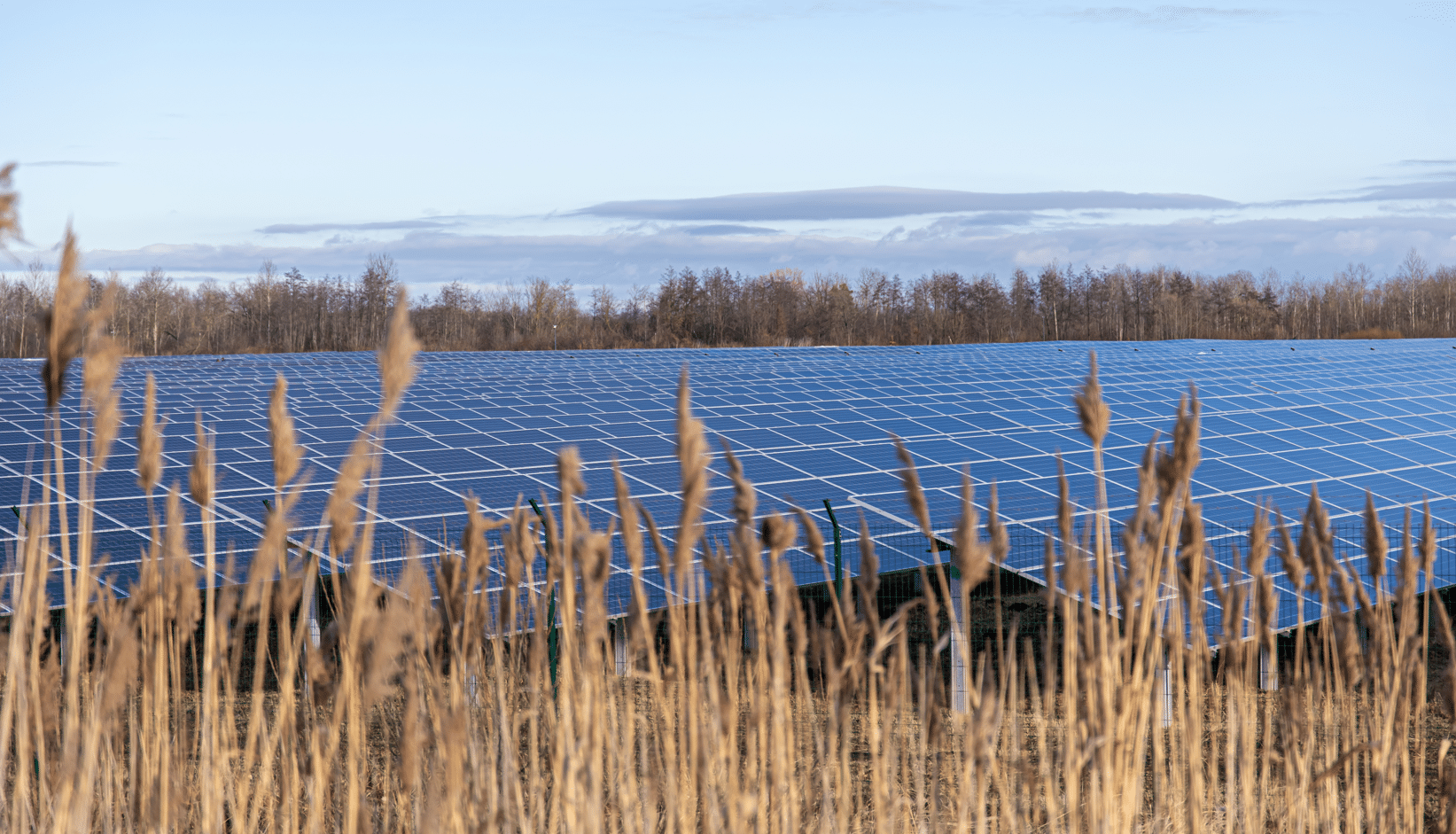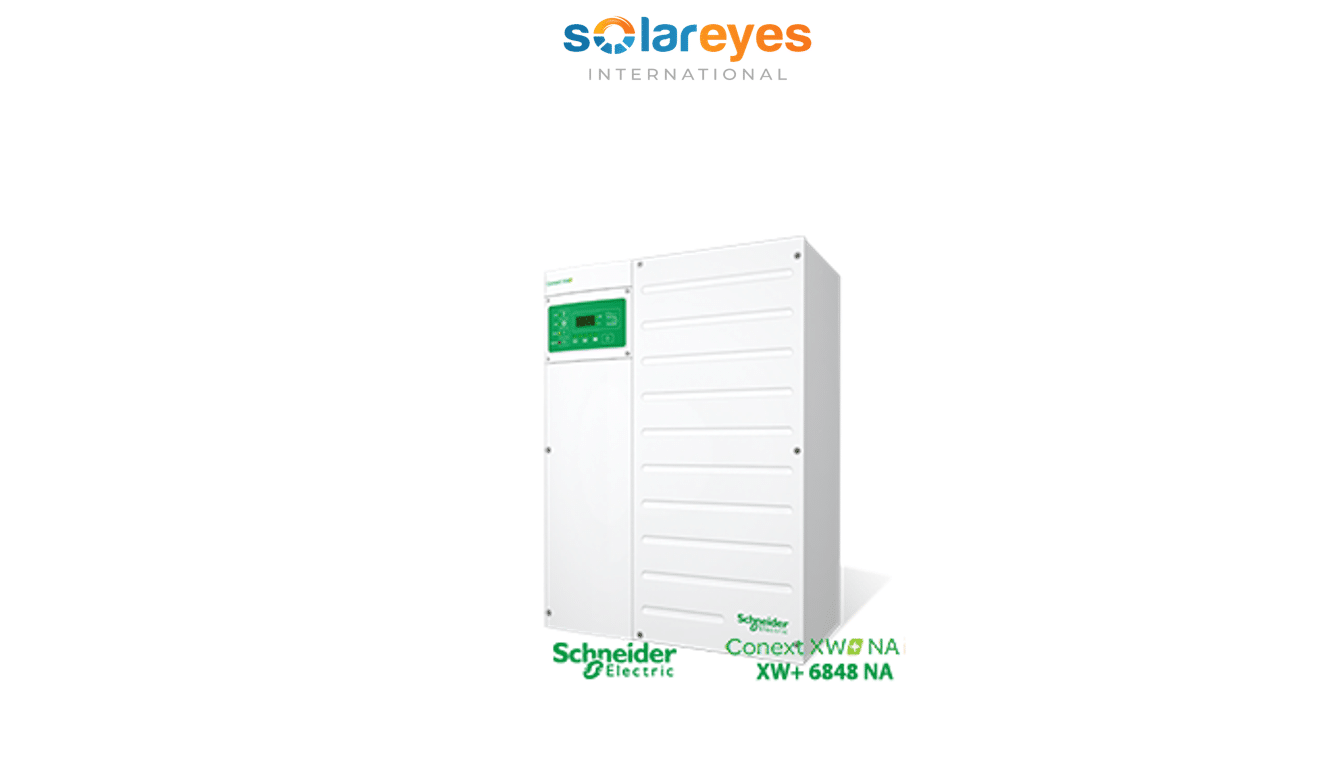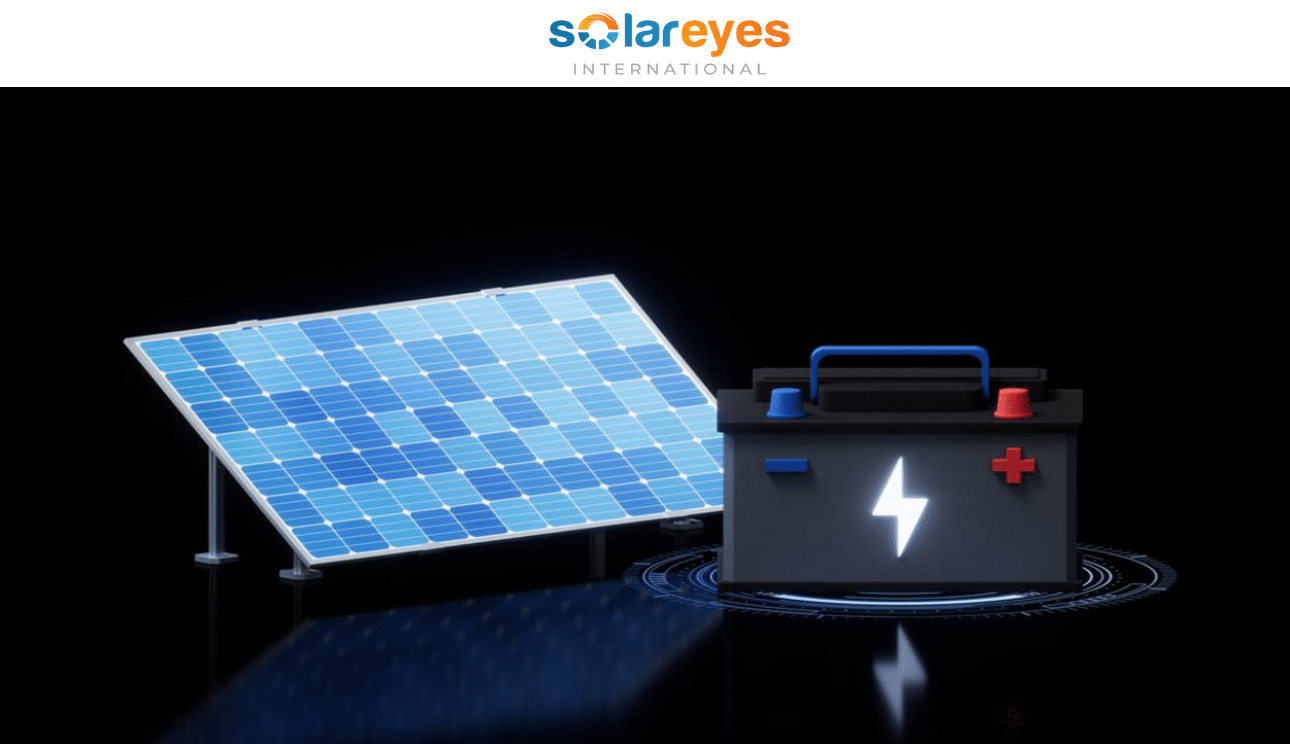All You Need to Know About Australia’s Solar Sector

Australia is among the world leaders in solar energy with its abundant sunshine and vast open spaces. The country has embraced solar energy as a way to reduce its carbon footprint and meet its renewable energy targets.
In this blog post, we will explore all you need to know about Australia’s solar sector.
Australian Researchers Surpassed 30% Efficiency with Tandem Perovskite-Silicon Solar Cell
Australia’s Solar Sector – Current Status, Developments and Challenges
1. Solar Energy Capacity
As of 2021, Australia has a total solar capacity of 21.6 GW, which is enough to power over 4 million homes. It is also expected to double its solar capacity by 2025, which will make it one of the largest solar markets in the world.
2. Government Incentives
The Australian government has provided several incentives to encourage the adoption of solar energy, including the Small-scale Renewable Energy Scheme (SRES) and the Large-scale Renewable Energy Target (LRET).
These schemes provide financial assistance to households and businesses that install solar systems.
3. Solar Panels and Storage
Solar panels are the most common way to capture solar energy. They are affordable, efficient, and easy to install. In recent years, battery storage technology has also become popular, allowing households to store excess solar energy for use during peak periods.
4. Solar Farms
Large-scale solar farms are becoming increasingly popular in Australia. They are built in remote areas and can generate large amounts of electricity for the grid.
The Future of Solar Energy in the US
One of the largest solar farms in Australia is the 274 MW Darlington Point Solar Farm in New South Wales.
5. Job Opportunities
The solar sector has created many job opportunities in Australia. The industry employs over 18,000 people, and this number is expected to grow as the sector continues to expand.
6. Challenges
Despite the success of Australia’s solar sector, there are still some challenges. One of the biggest challenges is the intermittency of solar energy.
This means that solar energy is only generated during daylight hours, which can cause issues for the grid. However, battery storage technology is helping to address this issue.
7. Future of Solar Energy in Australia
The future of Australia’s solar sector is promising. The government has set a target of generating 50% of the country’s electricity from renewable sources by 2030, and solar energy is expected to play a major role in achieving this target.
The falling cost of solar technology and the growing demand for renewable energy are also driving the growth of the solar sector.
8. Community Solar
Community solar is an emerging trend in Australia. It involves a group of people coming together to finance and install a solar system, with the electricity generated shared among the participants.
Common Losses for Solar Installations: Understanding and Mitigating Them
Community solar is an excellent way to make solar energy accessible to households that cannot afford to install their own systems.
9. Solar and Energy Efficiency
While solar energy is an excellent way to reduce carbon emissions, it is important to combine it with energy efficiency measures. This can include installing energy-efficient appliances, improving insulation, and reducing energy consumption.
Combining solar energy with energy efficiency measures can help households and businesses reduce their energy bills and their carbon footprint.
10. Solar and the Environment
Solar energy is a clean and renewable source of energy that produces no greenhouse gas emissions. It is an excellent way to reduce Australia’s carbon footprint and help mitigate the effects of climate change.
However, it is essential to ensure that solar farms are built in a way that minimizes their impact on the environment, including wildlife and ecosystems.
Australia’s Solar Sector Challenges
While Australia’s solar sector is rapidly growing and making strides towards a more sustainable future, it is not without its challenges. In this blog post, we will explore the challenges facing the solar sector in Australia.
1. Intermittency
One of the biggest challenges of solar energy is its intermittency. Solar energy is generated only during daylight hours, and it can be difficult to match supply with demand.
10 Global Trends in the Solar Sector
The intermittency of solar energy can cause issues for the grid, particularly during peak periods when demand is high.
2. Grid Connection
Another challenge for Australia’s solar sector is grid connection. As more households and businesses install solar systems, the grid may become congested, making it difficult for solar energy to be exported to the grid.
This can lead to reduced revenue for solar system owners and can make it difficult to achieve the full potential of solar energy.
3. Cost
While the cost of solar technology has fallen in recent years, it is still relatively expensive compared to other forms of electricity generation.
This can make it difficult for households and businesses to invest in solar systems, particularly in low-income areas where the cost may be prohibitive.
4. Policy Instability
The solar sector is heavily influenced by government policy, and policy instability can have a significant impact on the sector.
Changes in government policy can lead to uncertainty and reduced investment in the sector, making it difficult for the sector to grow and achieve its full potential.
5. Battery Storage
While battery storage technology is becoming more affordable and accessible, it is still relatively new, and there is a lack of understanding of how to integrate it into the grid.
This can make it difficult to maximize the benefits of battery storage and to manage the intermittency of solar energy.
6. Maintenance
Solar panels require regular maintenance to ensure they are working efficiently and generating the maximum amount of electricity. This can include cleaning the panels, checking for damage, and ensuring that they are correctly angled towards the sun.
However, many households and businesses may not be aware of the importance of regular maintenance, leading to reduced efficiency and revenue.
7. Education and Awareness
Finally, education and awareness are essential for the growth and success of Australia’s solar sector. Many households and businesses may not be aware of the benefits of solar energy or how to install and maintain a solar system.
There is also a lack of understanding of the various government incentives and policies that support the sector. Increasing education and awareness can help to address these issues and promote the growth of the sector.
Conclusion
In conclusion, Australia’s solar sector is rapidly growing, and the future looks bright for solar energy in the country. The falling cost of solar technology, the growing demand for renewable energy, and government incentives are driving the growth of the sector.
It is essential to ensure that the growth of the solar sector is sustainable and that it is combined with energy efficiency measures to maximize its benefits.
While the solar sector in Australia faces several challenges, these challenges can be overcome with the right policies, investments, and collaborations.
Addressing the intermittency of solar energy, grid connection, cost, policy instability, battery storage, maintenance, and education and awareness can help to promote the growth and success of the solar sector in Australia.
With the right approach, Australia’s solar sector can continue to contribute to a more sustainable future for generations to come.
FOLLOW US ON SOCIAL MEDIA
Follow us on LINKEDIN, FACEBOOK, TELEGRAM GROUP and WHATSAPP.
*** ALSO CHECK: 12 CHALLENGES FACED BY SOLAR COMPANIES IN DEVELOPING COUNTRIES
HOW TO SIZE A SOLAR SYSTEM – 5 clear steps anyone can follow
HOW TO START A SOLAR COMPANY – do these 6 things and make money through solar
Opportunities for Solar Energy Development in Africa
Common Losses for Solar Installations: Understanding and Mitigating Them






